“When is the best time of the year to visit Japan?” It’s a common question from people planning or thinking about visiting the country.
As you’ll see in this article, you really can’t go wrong no matter when you time your trip to Japan. And while I am particularly fond of Japan in autumn, I encourage you to do some further research of your own after reading the short primer on each season below.
Beat the summer humidity for an abundance of captivating events
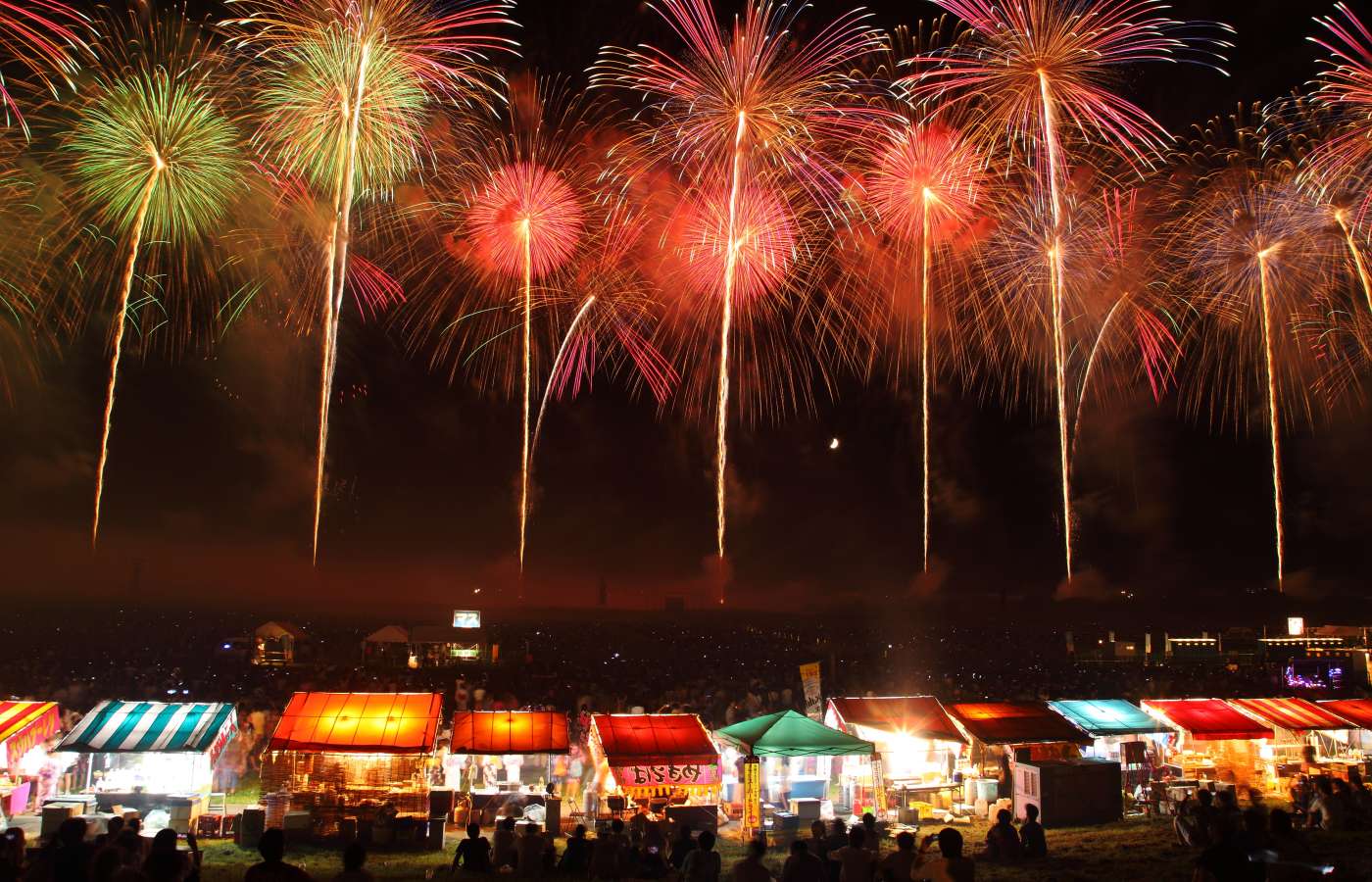
Traditionally, summer has been a popular time to visit Japan. The season typically coincides with extended school breaks for the kids. What’s more, for many overseas companies August tends to be a slow month, making it easier to take time off. Logistically then, summer is for many people the simplest season in which to visit.
While Japanese summers do have a reputation for being very hot and humid, they are not without their own unique appeal. For example, many of Japan’s top annual festivals like the Aomori Nebuta Festival and Kyoto’s Gion Festival happen during the hottest months of the year. Additionally, summer is traditionally the time of spectacular firework displays. If you can cope with the humidity, summer is a great time to travel.
Few things compare to Japan’s autumn colors
Following summer, things cool off as autumn comes around, and with it the amazing fall foliage. Though this miracle of nature long flew under the radar of overseas visitors, Japan’s breathtaking autumn vistas are now all over social media. Especially in areas like Nikko in Tochigi Prefecture, the entire landscape is ablaze with crimson and yellow hues at this time of year.
While few things can compare to the dazzling sight of Japan in autumn, if you have a regular job or kids in school, it can be harder to schedule a trip during this season. Thankfully though, with remote work and workcations now more common, hopefully more people will be able to enjoy this special time of the year.
The fall foliage begins to turn earlier in the north than it does in Japan’s more southerly prefectures. Check the annual forecasts in advance so you can plan around the various attractions and places you want to check out.
Wintertime’s wonderland in Japan
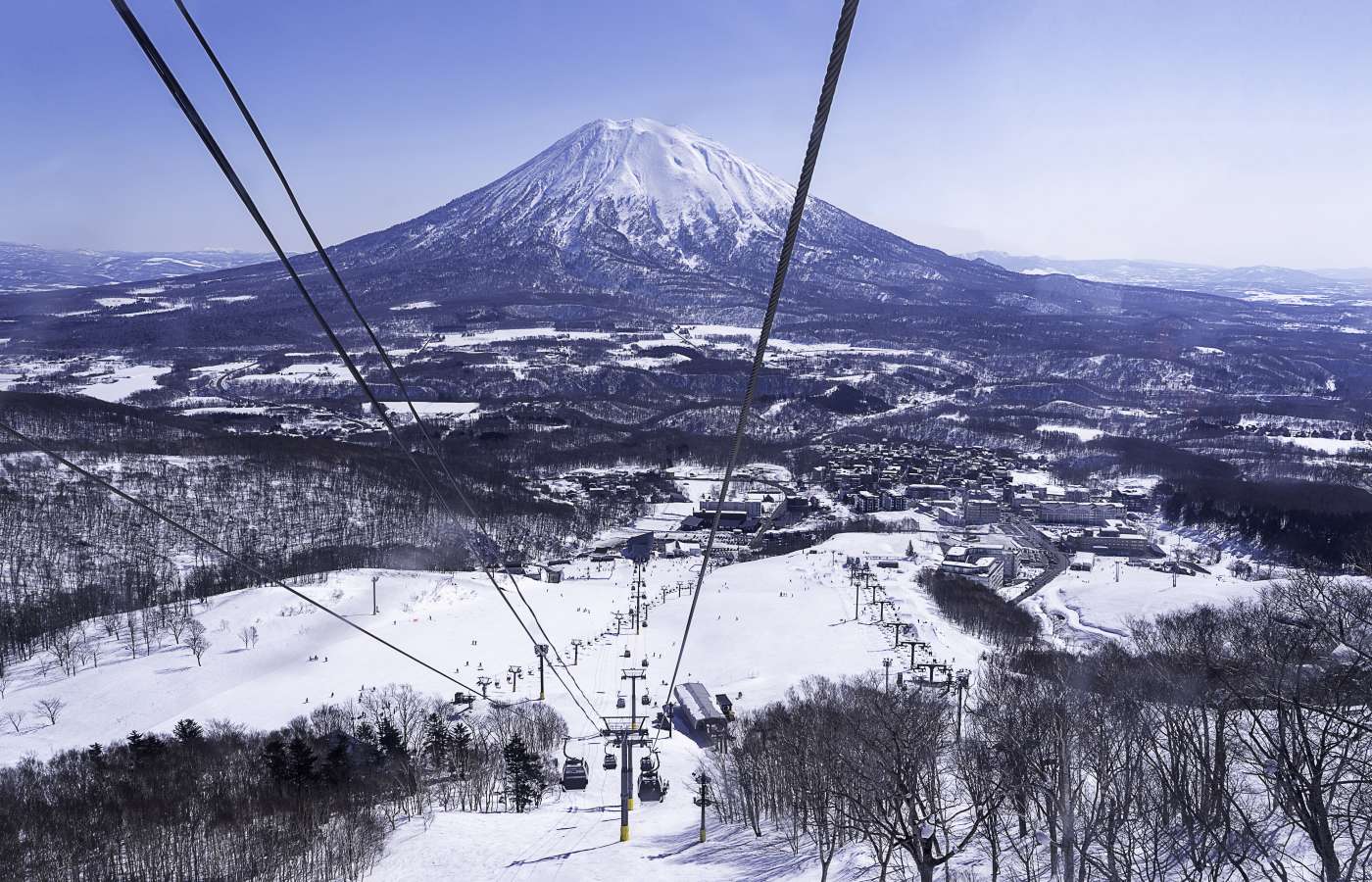
Like autumn, winter was once a less popular time of year to travel to Japan. But once skiing and snowboarding enthusiasts discovered that Japan has some of the best powder around, the secret was out. These days, Niseko and Hakuba have international reputations as world-class ski resorts.
While winter sports are one of the main reasons to come to Japan in winter, they are not the only draws. For example, there’s simply no better time to experience one of Japan’s many hot spring towns like Kusatsu Onsen. Likewise, even popular winter sport getaways like Niigata are home to amazing cultural attractions – check out the intricately carved Saifuku-ji Temple, for example.
Spring brings an endless floral cornucopia to Japan
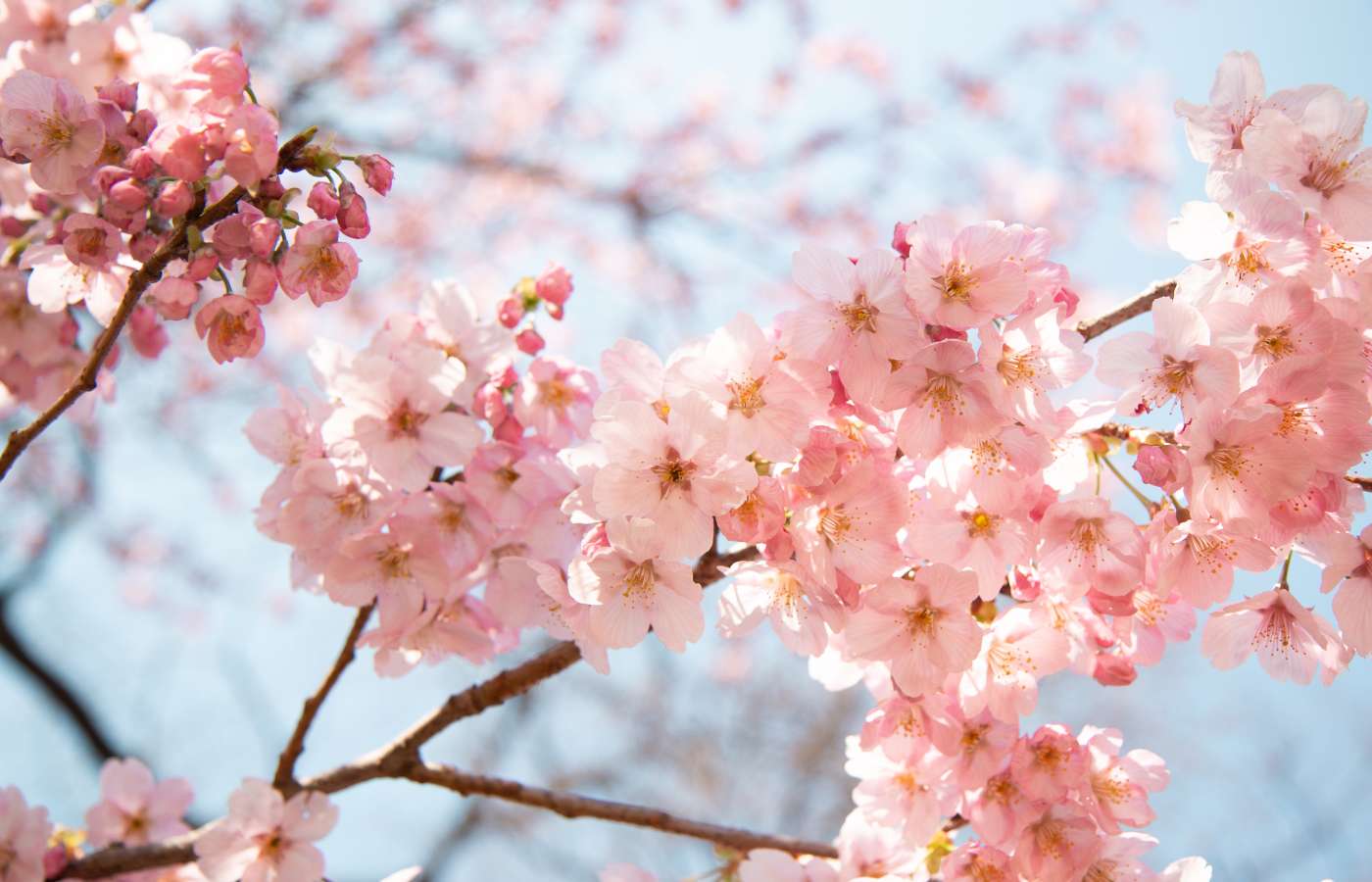
Springtime in Japan hardly needs an introduction. By now, the country’s iconic cherry blossoms are recognizable the world over. Depending on where the boundaries of “spring” are drawn, visitors to Japan can enjoy the cherry blossoms from as early as February to as late as May. The season kicks off in late winter down in Okinawa and then slowly makes its way east and north towards Hokkaido.
Of course, the cherry blossoms are not the only things that emerge in spring. A whole host of other amazing flowers are just as impressive. From the azaleas at Nezu Shrine to the nemophila of Hitachi Seaside Park, Instagram these days is positively blooming with all sorts of floral imagery from Japan. You really can’t go wrong with a springtime visit to Japan!
A word of advice for those who are adverse to crowds: Springtime in Japan is a very popular season and there are typically lots of overseas visitors. When you add these travelers to the bustling domestic tourism industry, you’ll find that well-known popular spots get pretty crowded. Likewise, hotel prices also skew higher during spring due to the increase in demand.
For some, Japan’s rainy season is a well-kept travel secret
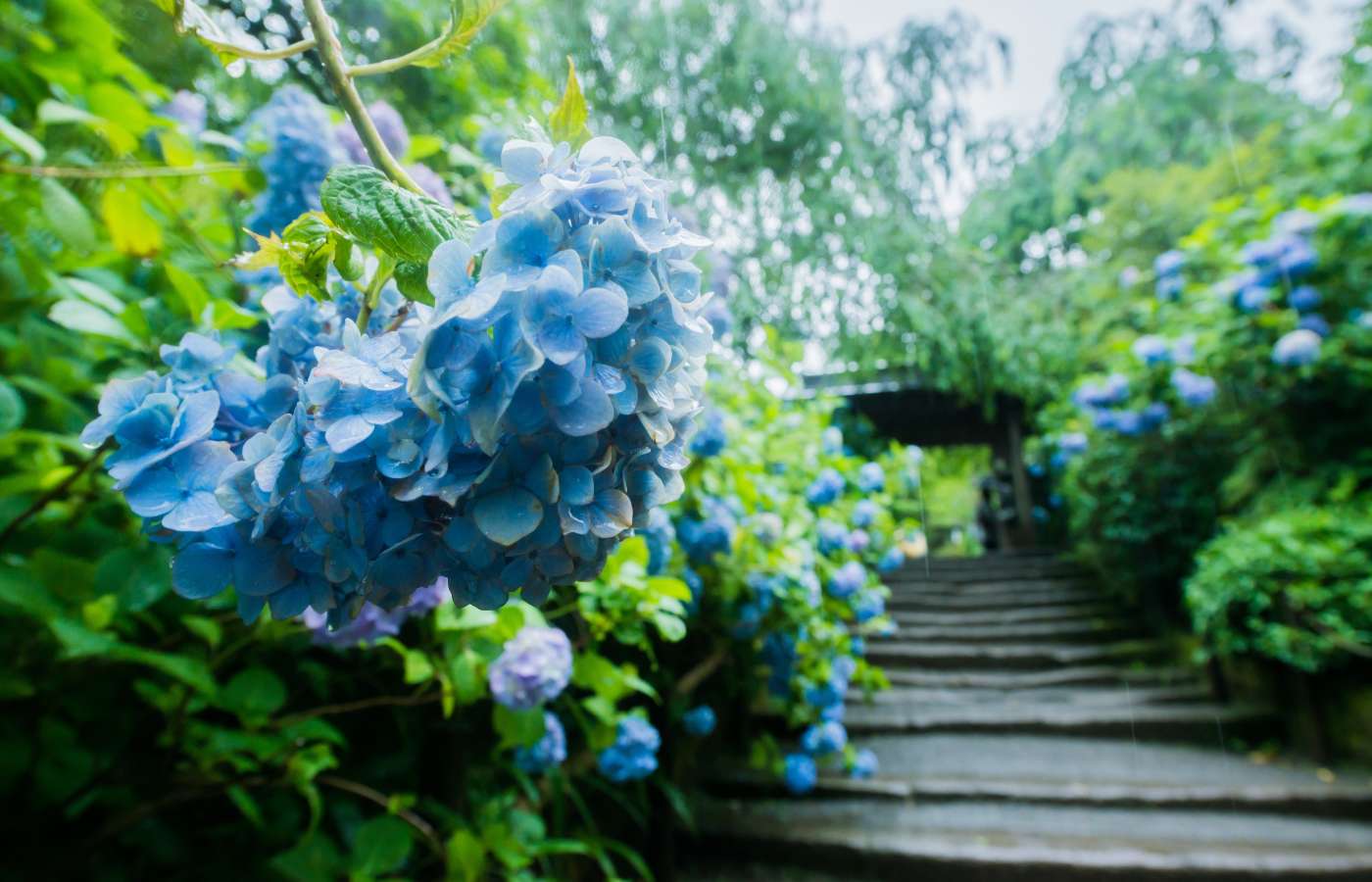
While Japan is proud of its four distinct seasons, there’s actually an unofficial fifth season. Known in Japanese as tsuyu ("plum rain"), this mini season sees cooler temperatures and regular rainfall. While nothing like the monsoon seasons in other parts of Asia, it does rain a lot more often than at other times of the year.
Despite the rain, tsuyu has some advantages for the traveler. For starters, it tends to be a less popular period for both inbound and domestic travel. This means that hotel prices are often a lot more reasonable than during peak seasons. Additionally, this is when Japan’s hydrangeas are at their best. Meigetsuin Temple in Kamakura offers some of best viewing of these blue-hued flowers, so much so that it is often called the Hydrangea Temple.
If you don’t mind packing an umbrella, tsuyu is one of the best times to explore Japan as you’ll have many attractions largely to yourself!
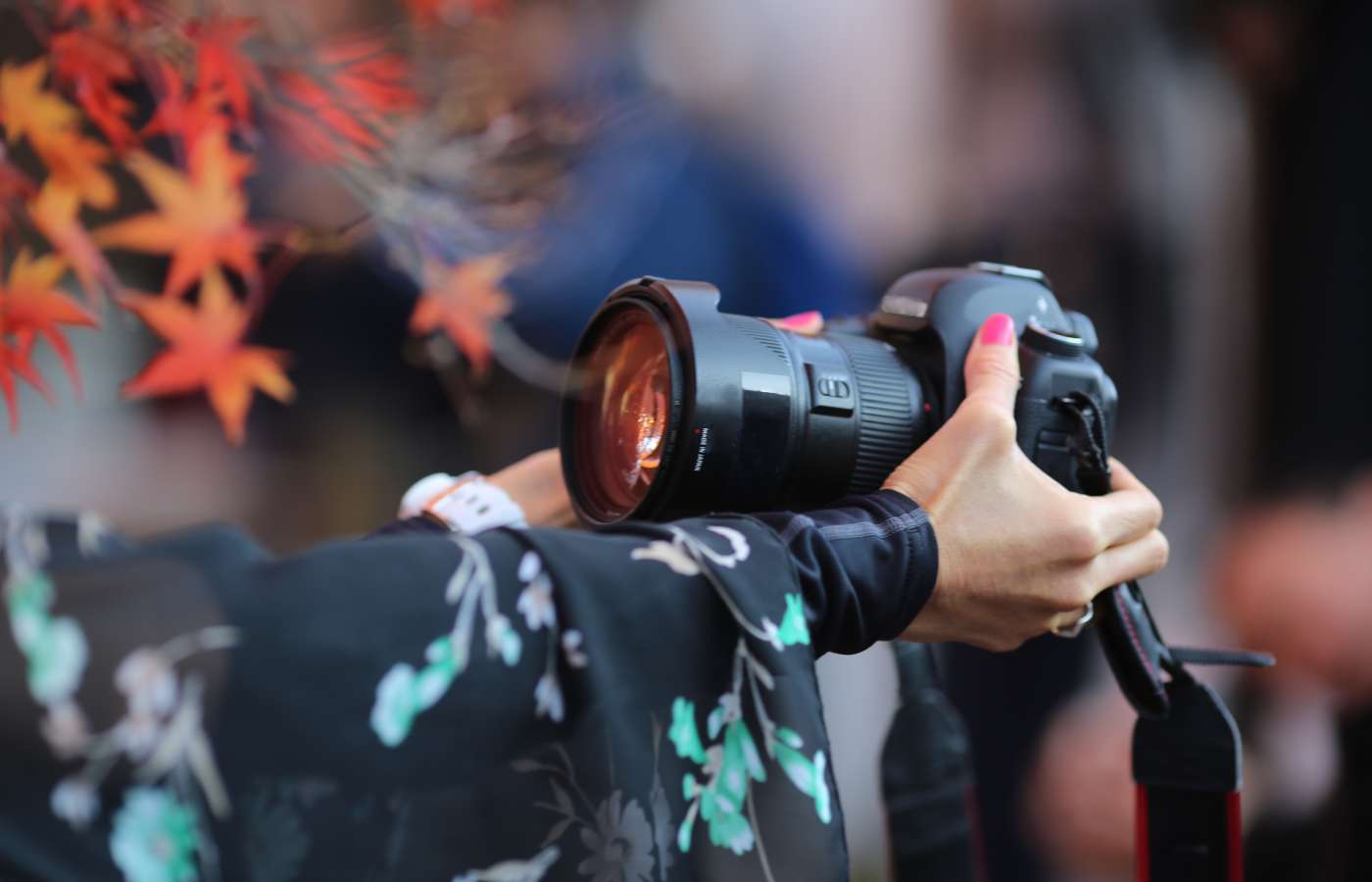
As I mentioned above, autumn will always have a special place in my heart. That said, every season here in Japan deserves just as much love and attention. In fact, anyone who claims that one season is better than another just hasn’t yet experienced all that’s on offer at that time of year. My only regret is that I don’t have enough life-times to explore each and every spot during all four seasons...
-
About the author
Author: Donny Kimball
Profile: Donny Kimball is a travel writer and blogger obsessed with exploring the lesser-known side of Japan. He uses his digital marketing skill set to create awareness for hidden gems that would otherwise go unnoticed by overseas visitors to Japan.





















































